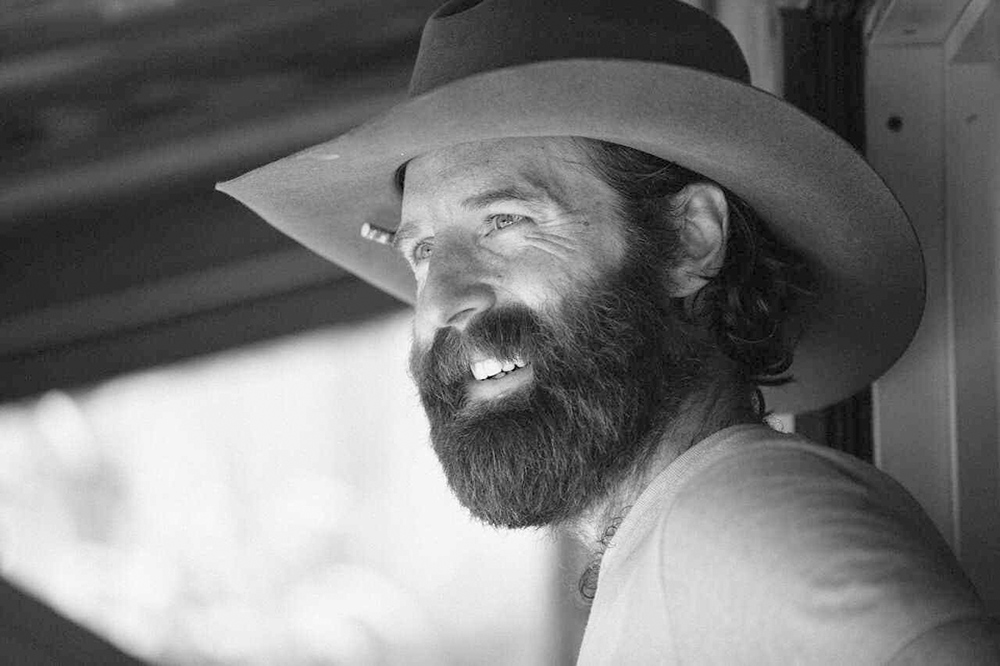By Sean Dietrich
At sunrise, the Great Smoky Mountains are so majestic their beauty could kill you. So are the Rockies, and the Sierra Nevadas at sundown.
The same goes for the Tetons, the Blue Ridge, the Bighorns, the Elks, the Adirondacks and the Appalachians, which were carved by the pocketknife of God.
Oh, and the Missouri River, when seen from 34,000 feet above, it will break your heart with its glory. The Missouri moves like liquid silver across a green patchwork of American farmland. So do the Mississippi, the Rio Grande, the meandering Columbia, the Ohio, the Arkansas, the Tennessee, the Colorado, the Youghiogheny, the Chattahoochee and the boisterous Potomac.
But then, you can also feel this wonder in other places. Like when the Gulf of Mexico reflects the colors of dusk.
Or when you gaze across the Chesapeake Bay. Past the river reeds and gray water. When you listen to the geese overhead, honking their chipper hellos.
You get this same feeling when standing on Ellis Island. You begin to visualize the hundreds of thousands of congregated Germans, Norwegians, Chinese, Dutch, Sicilians, Hungarians, Polish, Jewish, Danish and Swedish, all dressed in drab rags, holding tight to their entire lives crammed into duffle bags. And it all makes sense, why your old man was such a tightwad when it came to buying your Little League uniform.
I visited Ellis Island once, I could swear I almost saw my Scots-Irish ancestors waiting in line. I could practically feel their breath on my neck.
You experience this same feeling in Savannah, within Trustee’s Garden, when an expensive tour guide reminds you that this was where the first seeds of American cotton, apples, coffee and wheat were experimentally grown.
And when you walk Savannah’s streets to Oglethorpe Avenue, you feel a similar awe inside the home of Juliette Gordon Low; a girl who was deaf in both ears, who founded a humble youth organization in 1915.
Her all-female club was built upon the idea of empowering girls, and teaching compassion and kindness. She called them “Girl Scouts.” And although they were laughed at by high-society snobs of their day, this group would predate the American woman’s right to vote.
The great feeling I speak of can be found when you stand on the grass of Mount Vernon, Virginia, overlooking the whitewater, enjoying the same view General Washington loved to watch while sipping his tepid beer.
And in Moab, Utah, within the mysterious Arches National Park, where ancient remnants of time stand like archaic ruins.
You sense this same reverence high upon the south rim of the Grand Canyon, when staring at an itty-bitty, mercury-like river, miles beneath you, just before a 12-year-old tourist almost knocks you over the edge because he is playing tag with his sister.
You gaze over the canyon at the pancake-stacked rock formations of redwall limestone, bright angel shale and Coconino sandstone, and you sigh a quiet but heartfelt, “Whoa.”
You will find this sacredness within the Navajo Nation, the largest land area still retained by an American indigenous tribe, covering 17,544,400 acres, an area larger than 10 U.S. states.
And in Atlanta, on 501 Auburn Avenue, inside the two-story Queen Anne home where a young boy named Michael King Jr. grew up, before later renaming himself Martin Luther King Jr.
You will feel wonder in Montanna, where North America’s first dinosaur specimen was found in 1854. Where 50 years later, the first Tyrannosaurus Rex was discovered in Hell Creek.
And in the serenity of the Great Plains of Nebraska, Kansas, Montana, North Dakota, South Dakota, Oklahoma, Texas, Wyoming, Colorado and New Mexico. The remains of North America’s ancient interior sea, which covers approximately 1,125,000 square miles, roughly one third of the United States. An area slightly bigger than Disney World.
The lowlands of the Mississippi Delta. The wilds of Alaska. The Great Lakes. The deserts of Nevada, which can cause a man to feel fear, awe, and gratefulness for his GPS. The Ozarks. Yosemite. Yellowstone. Mount Shasta. And of course, Cracker Barrel.
And in Adams County, Pennsylvania, where a battle was once fought near the borough of Gettysburg, where an estimated 48,000 men fell. Our men. Our brothers.
Also, in Saint Augustine, Florida, where in 1565 Don Pedro Menéndez de Avilés and his 800 colonists ate supper with the indigenous Timucua, and held the first Catholic mass on future U.S. soil.
This good feeling is in every truck-stop cafe. Every beer joint. In Boston’s Fenway Park. At Busch Stadium. Yankee Field. Talladega Superspeedway. Burger joints. The Metropolitan Museum of Art. The American Royal Barbecue Competition. Wednesday night church meetings. Pinewood derbies. Bunco night. And every backyard game of hide and seek.
In the ornate finery of the U.S. Capitol building, which has survived 228 years of turbulence. In the vacant dust of Death Valley. In the suffocating swamps of the Everglades. And in the nightmarish hell-scape that is LaGuardia Airport.
Nothing can take this feeling from us. Because — don’t you see? — this feeling IS us. It is not a sensation we experience privately, but it is felt within our common bond. We belong to us.
So no matter how the flames of discord burn; no matter how the fires of time threaten to consume our fabric; no matter how badly our nation’s brothers disagree; today I just want you to know that I love you. I truly do.
Not only because we are American. But because we are human beings whose ancestors were bold enough to call themselves by such an ambitious and inspiring name.

